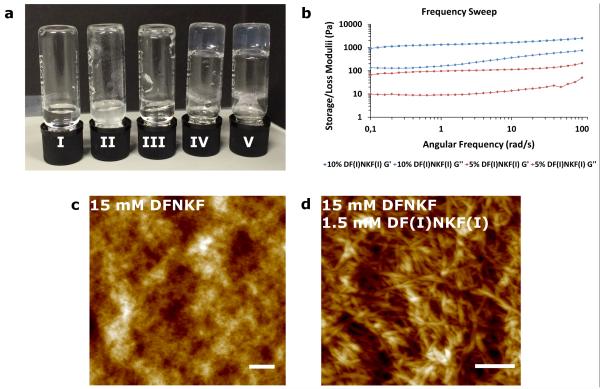Figure 5. Mixed hydrogels formed by co-assembly of DFNKF and DF(I)NKF(I).
a, Photograph of vials after 48 hours containing I) 15 mM DFNKF, which did not form hydrogel. II) 1.5 mM DF(I)NKF(I), which did not form hydrogel and some precipitation was observed. III) 15 mM DFNKF:0.15 mM DF(I)NKF(I), which did not form hydrogel. IV) 15 mM DFNKF:0.75 mM DF(I)NKF(I), which formed hydrogel within 48 hours. V) 15 mM DFNKF:1.5 mM DF(I)NKF(I), which formed hydrogel within 48 hours. b, Rheological characterization of mixed hydrogels by frequency sweep studies whereby the storage concentration of 15 mM after 48 hours were utilized for the rheological measurements. c, AFM of a 15 mM solution of wild-type peptide DFNKF showed small fibrils and aggregates unable to network sufficiently to form a hydrogel. d, AFM of a sample of the mixed hydrogel containing 15 mM DFNKF and 1.5 mM DF(I)NKF(I) showed larger and more entangled fibrils (scale bars, 400 nm).

